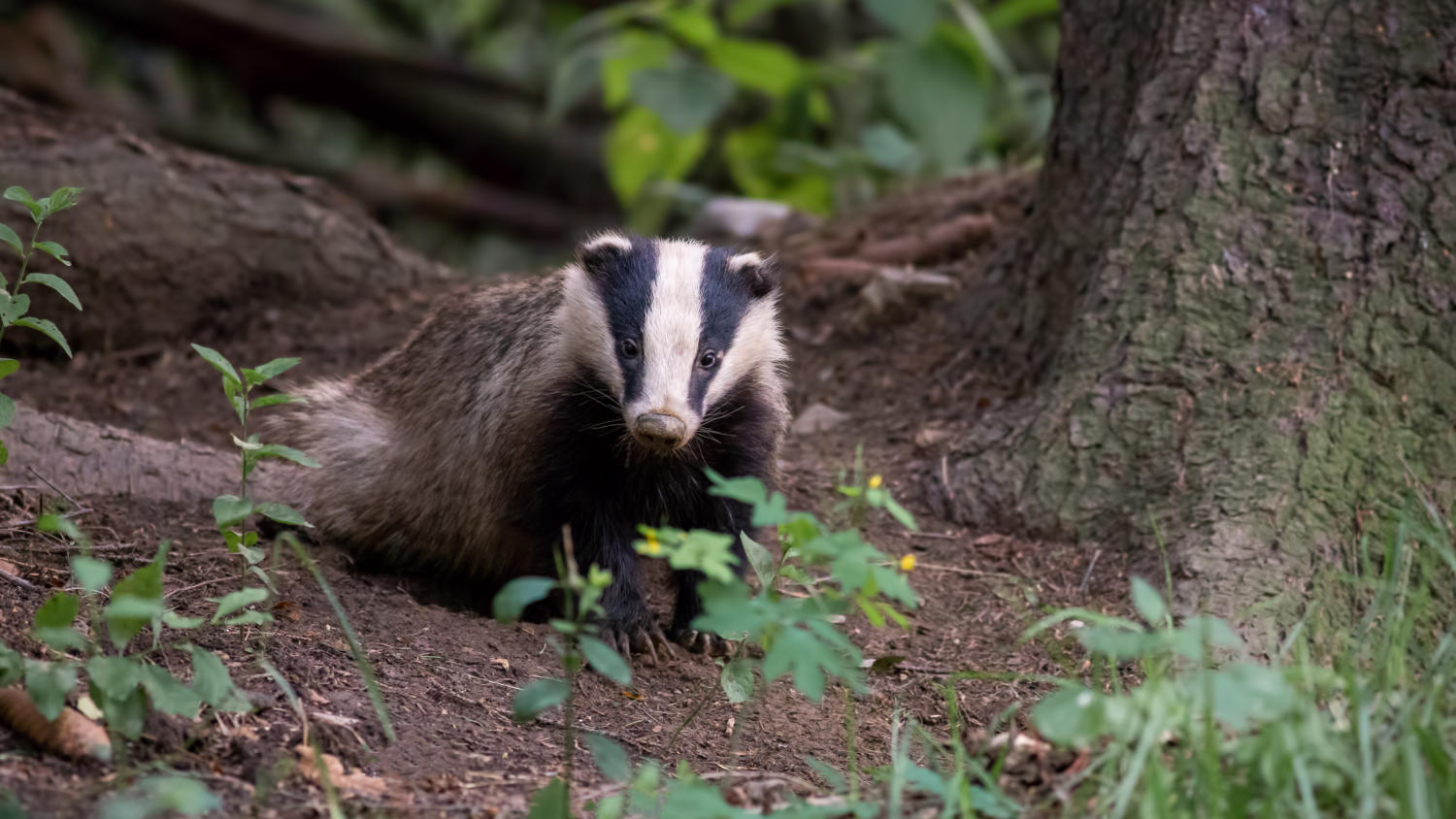
We all want to see wildlife in the garden but sometimes, especially if you grow fruit and vegetables that wildlife like to share, it can feel like there’s just too much.
This is especially the case if your plot is visited by, or home to, those members of the animal kingdom with four legs. Larger fauna tends to have large appetites. In a rural area, deer and badgers can be the greediest. The former will eat almost anything and can only be excluded by expensive high fencing. The latter has a sweet tooth and a particular penchant for sweetcorn and carrots. Stopping badgers is difficult. All but the most secure defences will be bulldozed.
In more urban and suburban situations, it’s mostly smaller animals to watch out for. For me, the most troublesome four-legged interlopers are, in rough order of size, foxes, rabbits, squirrels, moles, rats, mice, and voles. There are also cats but apart from nipping off the foliage of young onions and leeks, it’s usually only their toileting and recreational rolling that cause problems.
Over the last few years, foxes have become frequent nocturnal visitors to my garden. Generally, they don’t eat anything. Instead, they carry out seemingly pointless excavations that disturb newly sown or planted crops.
Squirrels aren’t a serious issue for me. But then I’ve given up trying to grow nuts. Hazelnuts are stolen well before ripeness, while a neighbour’s walnut is regularly plundered. In autumn squirrels do nibble a few apples and pears but, on the whole, they’re usually too preoccupied with raiding bird feeders to bother with much else.
At home, rabbits are rare visitors. Cats and dogs most likely keep them away. On some allotment sites, however, rabbits are the worse four-legged foe. Rabbits are fast breeders and voracious vegetable eaters. Apart from the foliage of potatoes and cucurbits (pumpkins, courgettes, etc.), there’s no vegetable they’ll not eat. The only effective countermeasure is fencing. This needs to be buried to prevent tunnelling and the wire must be 31mm gauge.
Unless you manicure a lawn, mole mining is usually tolerable. Their tunnelling can disturb plants, especially seedlings, but I usually only have occasional visitations. In contrast, rats and mice, and to a lesser extent voles, are ever-present. All will eat root vegetables in winter, and worse still, rodents can get into stores, chewing through wood to sample every apple, pear, or potato in the quest for the tastiest.
When it comes to dealing with four-legged thieves and vandals, I’ve several approaches and none involve lethal measures. One approach is discouragement. This means, taking care not to entice rodents onto the plot by putting cooked food on compost heaps. Another approach, mostly used when problems become serious, is exclusion. This includes appropriate fencing, especially against rabbits should they appear in hordes. A further measure is to try and maintain an environment that encourages a mix and balance of wildlife. For instance, while foxes are a nuisance, they do help control rabbit and rodent numbers as, of course, do domestic cats. My final approach is to have a degree of tolerance and resignation. Fruit and vegetable gardens are, in effect, an irresistible larder for all manner of creatures including those with four legs and big appetites. Yes, sometimes there can seem to be too much wildlife, but some are better than none at all.
Would you like to learn more and be able to grow confidently? I am offering a range of training courses which you can view here.











Add a comment